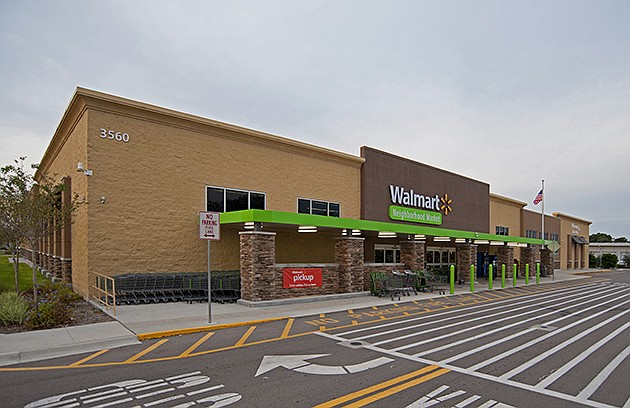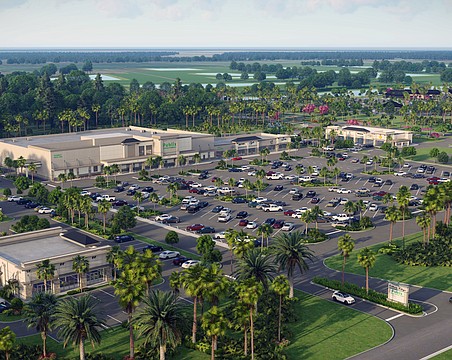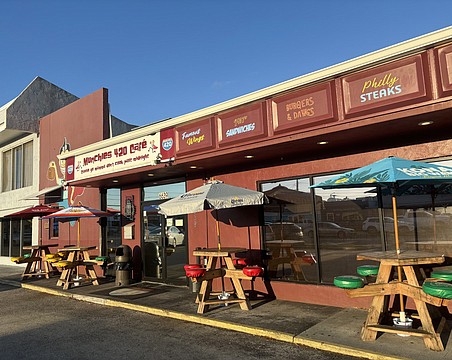Faced with heightened competition and the growing stature of e-commerce, Gulf Coast retailers are increasingly turning to smaller stores to compete.
While smaller stores trim construction, inventory and labor costs, they also have implications for developers, suppliers and consumers, experts say. The trend has prompted landlords to rethink the role of traditional retail anchors at lifestyle centers, malls and strip centers nationwide.
In Florida, electronics specialty stores like Best Buy and Verizon have shrunk store sizes to better compete with discounters and online purveyors, while merchants like Bealls, Target and Wal-Mart have experimented with smaller, more product-focused stores for “infill” and urban locations.
Major grocery chains like Publix, too, have developed smaller store prototypes to adapt to changing demographics and competitors like Whole Foods Market Inc.
“Retailers are realizing the large footprint stores aren't sustainable,” says Jerry Hoffman, of Hoffman Strategy Group, a Nebraska-based consultant that works in Florida. “A 150,000-square-foot SuperTarget doesn't make sense today as consumers' behavior has shifted.”
Best Buy stores, Hoffman notes, once averaged 100,000 square feet. Today, the retailer's stores measure about 30,000 square feet.
Bealls, meanwhile, has shrunk its department stores from an average of 60,000 square feet a decade ago to 40,000 square feet today, says Bill Webster, a spokesman for the Bradenton-based retailer.
“It's been very effective for us,” Webster says. “Today we have a much more specialized presentation than in the past.”
The decreased store sizes also come as millennial buying power has grown, amid a migration to more urban areas.
Millennials, born in the 1980s and 1990s, have together with baby boomers driven a city renaissance nationwide. Between 2000 and 2013, city populations rose by 14%, according to a U.S. Census Bureau report released earlier this year. Today, nearly two-thirds of all Americans reside in cities.
But because urban real estate tends to be more expensive than suburban land or buildings, developers and merchants alike have adapted by creating smaller sales spaces.
Still, some contend the shift to smaller stores has less to do with demographic changes and more to do with changing delivery methods.
“In a word, it's Amazon,” says Barry Seidel, president of American Property Group of Sarasota Inc., a brokerage firm that specializes in retail leasing and sales.
“The reason grocery stores are going smaller now is they simply can't afford big stores with all the competition around them,” he adds. “Amazon is doing to retail what Home Depot did to local hardware stores years ago.”
With a pair of mammoth, 1 million-square-foot distribution centers in Florida and more likely to be developed, Amazon intends to begin offering same-day delivery to fulfill customers' orders as early as next year, some analysts say.
In response, many retailers are attempting to differentiate their brands while beefing up customer service with smaller footprints. Whole Foods has introduced a smaller “365” store, while Target “Express” stores have compressed space to fit better into urban infill sites.
“I think it's a reaction to a generational thing,” Hoffman says. “Millennials are driving this trend. It's no accident that a lot of this new form of retailing is occurring in dense population centers, because that's where millennials are concentrating.”
Even Publix Super Markets Inc., the state's dominant grocery chain, has considered shrinking some of its stores in response to urban influx and other trends.
Earlier this month, the University of South Florida committee approved Publix's plan to develop a 28,000-square-foot supermarket on the school's campus, in Tampa.
Publix's stores typically measure about 45,000 square feet, says the Lakeland-based company's Brian West.
If the plan reaches fruition, the new Publix would be part of a $130 million plan to add student housing.
But West says Publix is not necessarily shrinking its stores overall. Instead, store sizes are based on customer bases and individual sites.
“We don't have a typical prototype,” West says. “Our overall goal is to be where our customers are. USF would be a first for us.”
Publix currently operates another 28,000-square-foot store in Tampa, on Nebraska Avenue, which opened in 1995.
- K.L. McQuaid






